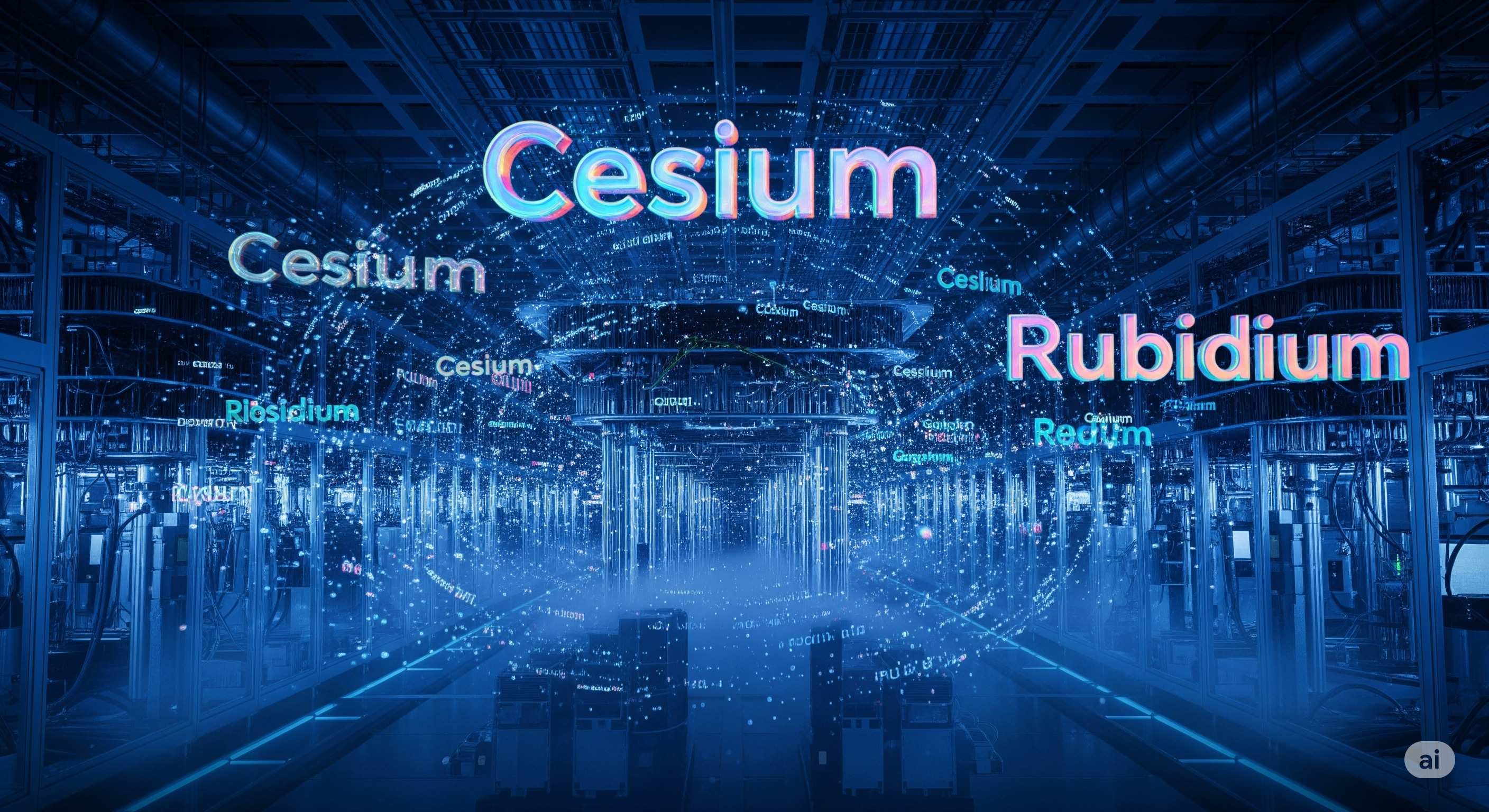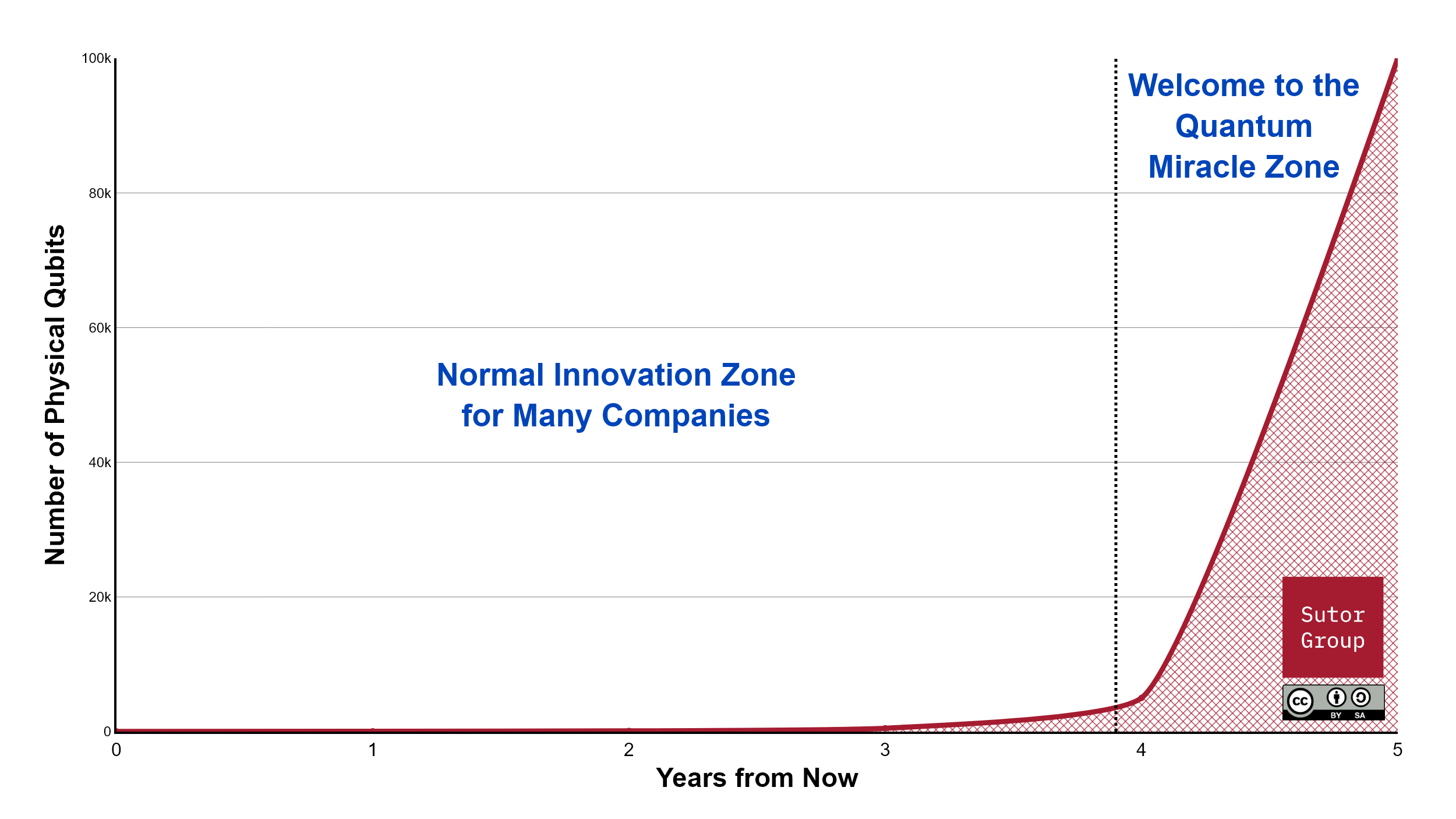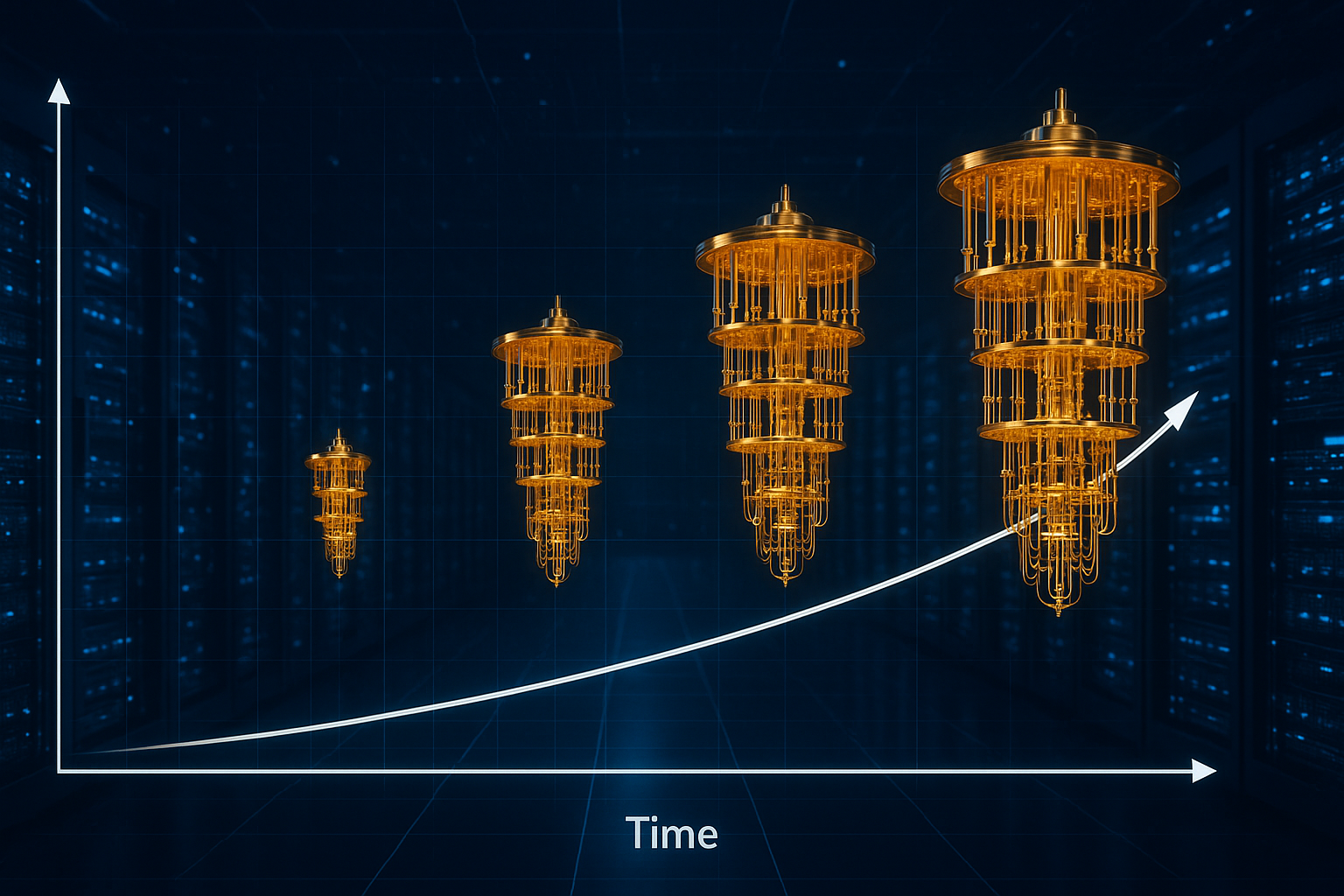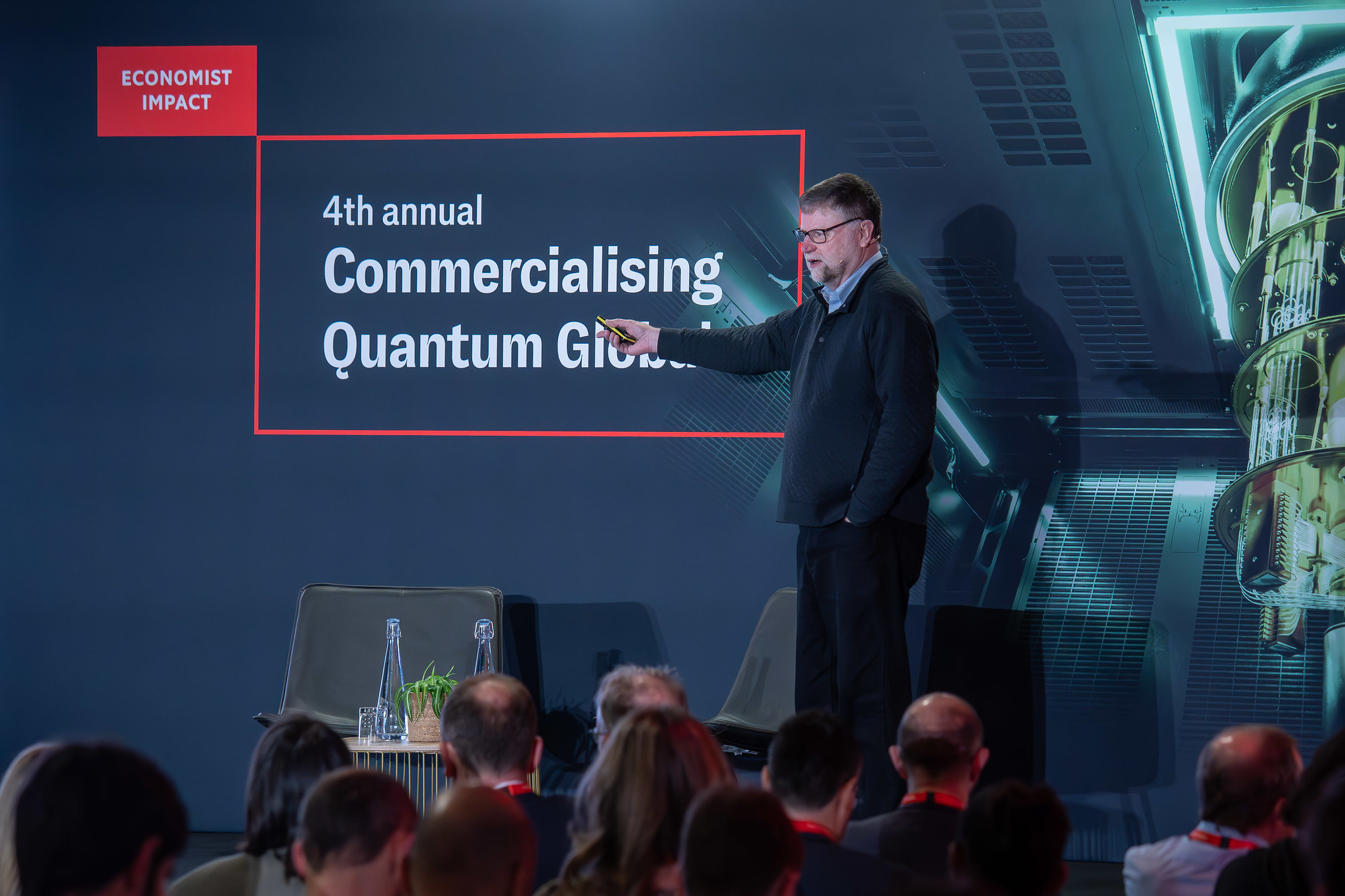A selection of the most important recent news, articles, and papers about Quantum.
News, Articles, and Analyses
BlueQubit and Quantum Art Receive BIRD Foundation Grant for Quantum Computing Innovation with a $2.2M Budget
(Monday, August 12, 2024) “BlueQubit Inc. and Quantum Art Ltd. have been awarded a grant from the Israel-U.S. Binational Industrial Research and Development (BIRD) Foundation to develop and optimize quantum machine learning algorithms and quantum processor configuration methods.”
IBM Quantum Developer Conference 2024
https://appdevelopermagazine.com/ibm-quantum-developer-conference-2024/
Author: Richard Harris
(Tuesday, August 13, 2024) “The IBM Quantum Developer Conference 2024 will be held from November 13-15 at the IBM Thomas J. Watson Research Center in Yorktown Heights, N.Y. Attendees will preview cutting-edge tools and roadmap updates from IBM Quantum, centered on the theme Performance by Qiskit, with hands-on demos and expert sessions.”
DARPA to Host Meeting, Discussions with Quantum Computing Companies
https://www.darpa.mil/news-events/2024-08-15
(Thursday, August 15, 2024) “Following the July announcement of the Quantum Benchmarking Initiative (QBI), DARPA is hosting a QBI proposers day on Sept. 3, 2024, for quantum computing companies that believe they are on track to develop an industrial-scale, fault-tolerant quantum computer in the near term.”
Quantum Circuits Secures More Than $60 Million in Series B Investment
(Thursday, August 15, 2024) “Quantum Circuits, Inc., announced it has secured a final Series B investment round of more than $60 million, providing additional capital…”
Technical Papers, Articles, and Preprints
[2408.07086] Quantum algorithms for optimizers
https://arxiv.org/abs/2408.07086
Author: Nannicini, Giacomo
(Thursday, August 08, 2024) “This is a set of lecture notes for a Ph.D.-level course on quantum algorithms, with an emphasis on quantum optimization algorithms. It is developed for applied mathematicians and engineers, and requires no previous background in quantum mechanics. The main topics of this course, in addition to a rigorous introduction to the computational model, are: input/output models, quantum search, the quantum gradient algorithm, matrix manipulation algorithms, the matrix multiplicative weights update framework for semidefinite optimization, adiabatic optimization.”
[2408.06469] Design and architecture of the IBM Quantum Engine Compiler
https://arxiv.org/abs/2408.06469
Authors: Healy, Michael B.; Jokar, Reza; Thomas, Soolu; Pascuzzi, Vincent R.; Barton, Kit; Alexander, Thomas A.; Elkabetz, Roy; Donovan, Brian C.; Horii, Hiroshi; and Hillenbrand, Marius
(Monday, August 12, 2024) “In this work, we describe the design and architecture of the open-source Quantum Engine Compiler (qe-compiler) currently used in production for IBM Quantum systems. The qe-compiler is built using LLVM’s Multi-Level Intermediate Representation (MLIR) framework and includes definitions for several dialects to represent parameterized quantum computation at multiple levels of abstraction. The compiler also provides Python bindings and a diagnostic system. An open-source LALR lexer and parser built using Bison and Flex generates an Abstract Syntax Tree that is translated to a high-level MLIR dialect. An extensible hierarchical target system for modeling the heterogeneous nature of control systems at compilation time is included. Target-based and generic compilation passes are added using a pipeline interface to translate the input down to low-level intermediate representations (including LLVM IR) and can take advantage of LLVM backends and tooling to generate machine executable binaries. The qe-compiler is built to be extensible, maintainable, performant, and scalable to support the future of quantum computing.”
[2408.08098] A Framework for Integrating Quantum Simulation and High Performance Computing
https://arxiv.org/abs/2408.08098
Authors: Shehata, Amir; Naughton, Thomas; and Suh, In-Saeng
(Thursday, August 15, 2024) “Scientific applications are starting to explore the viability of quantum computing. This exploration typically begins with quantum simulations that can run on existing classical platforms, albeit without the performance advantages of real quantum resources. In the context of high-performance computing (HPC), the incorporation of simulation software can often take advantage of the powerful resources to help scale-up the simulation size. The configuration, installation and operation of these quantum simulation packages on HPC resources can often be rather daunting and increases friction for experimentation by scientific application developers. We describe a framework to help streamline access to quantum simulation software running on HPC resources. This includes an interface for circuit-based quantum computing tasks, as well as the necessary resource management infrastructure to make effective use of the underlying HPC resources. The primary contributions of this work include a classification of different usage models for quantum simulation in an HPC context, a review of the software architecture for our approach and a detailed description of the prototype implementation to experiment with these ideas using two different simulators (TNQVM \& NWQ-Sim). We include initial experimental results running on the Frontier supercomputer at the Oak Ridge Leadership Computing Facility (OLCF) using a synthetic workload generated via the SupermarQ quantum benchmarking framework.”
[2408.08288] A universal neutral-atom quantum computer with individual optical addressing and non-destructive readout
https://arxiv.org/abs/2408.08288
Authors: Radnaev, A. G.; Chung, W. C.; Cole, D. C.; Mason, D.; Ballance, T. G.; Bedalov, M. J.; Belknap, D. A.; Berman, M. R.; Blakely, M.; Bloomfield, I. L.; Buttler, P. D.; Campbell, C.; Chopinaud, A.; Copenhaver, E.; Dawes, M. K.; Eubanks, S. Y.; Friss, A. J.; Garcia, D. M.; Gilbert, J.; Gillette, M.; Goiporia, P.; Gokhale, P.; Goldwin, J.; Goodwin, D.; Graham, T. M.; Guttormsson, CJ; Hickman, G. T.; Hurtley, L.; Iliev, M.; Jones, E. B.; Jones, R. A.; Kuper, K. W.; Lewis, T. B.; Lichtman, M. T.; Majdeteimouri, F.; Mason, J. J.; McMaster, J. K.; Miles, J. A.; Mitchell, P. T.; Murphree, J. D.; Neff-Mallon, N. A.; Oh, T.; Omole, V.; Simon, C. Parlo; Pederson, N.; Perlin, M. A.; Reiter, A.; Rines, R.; Romlow, P.; Scott, A. M.; Stiefvater, D.; Tanner, J. R.; Tucker, A. K.; Vinogradov, I. V.; Warter, M. L.; Yeo, M.; Saffman, M.; and Noel, T. W.
(Thursday, August 15, 2024) “Quantum computers must achieve large-scale, fault-tolerant operation to deliver on their promise of transformational processing power [1-4]. This will require thousands or millions of high-fidelity quantum gates and similar numbers of qubits [5]. Demonstrations using neutral-atom qubits trapped and manipulated by lasers have shown that this modality can provide high two-qubit gate (CZ) fidelities and scalable operation [6-10]. However, the gates in these demonstrations are driven by lasers that do not resolve individual qubits, with universal computation enabled by physical mid-circuit shuttling of the qubits. This relatively slow operation will greatly extend runtimes for useful, large-scale computation. Here we demonstrate a universal neutral-atom quantum computer with gate rates limited by optical switching times, rather than shuttling, by individually addressing tightly focused laser beams at an array of single atoms. We achieve CZ fidelity of 99.35(4)% and local single qubit RZ gate fidelity of 99.902(8)%. Moreover, we demonstrate non-destructive readout of alkali-atom qubits with sub-percent loss, which boosts operational speed. This technique also enables us to measure 99.73(3)% CZ fidelity with atom-loss events excluded, which is a record among long lived neutral-atom qubits and highlights the path to higher fidelity and error correction. Our results represent a critical step towards large-scale, fault-tolerant neutral-atom quantum computers that can execute computations on practical timescales.”




